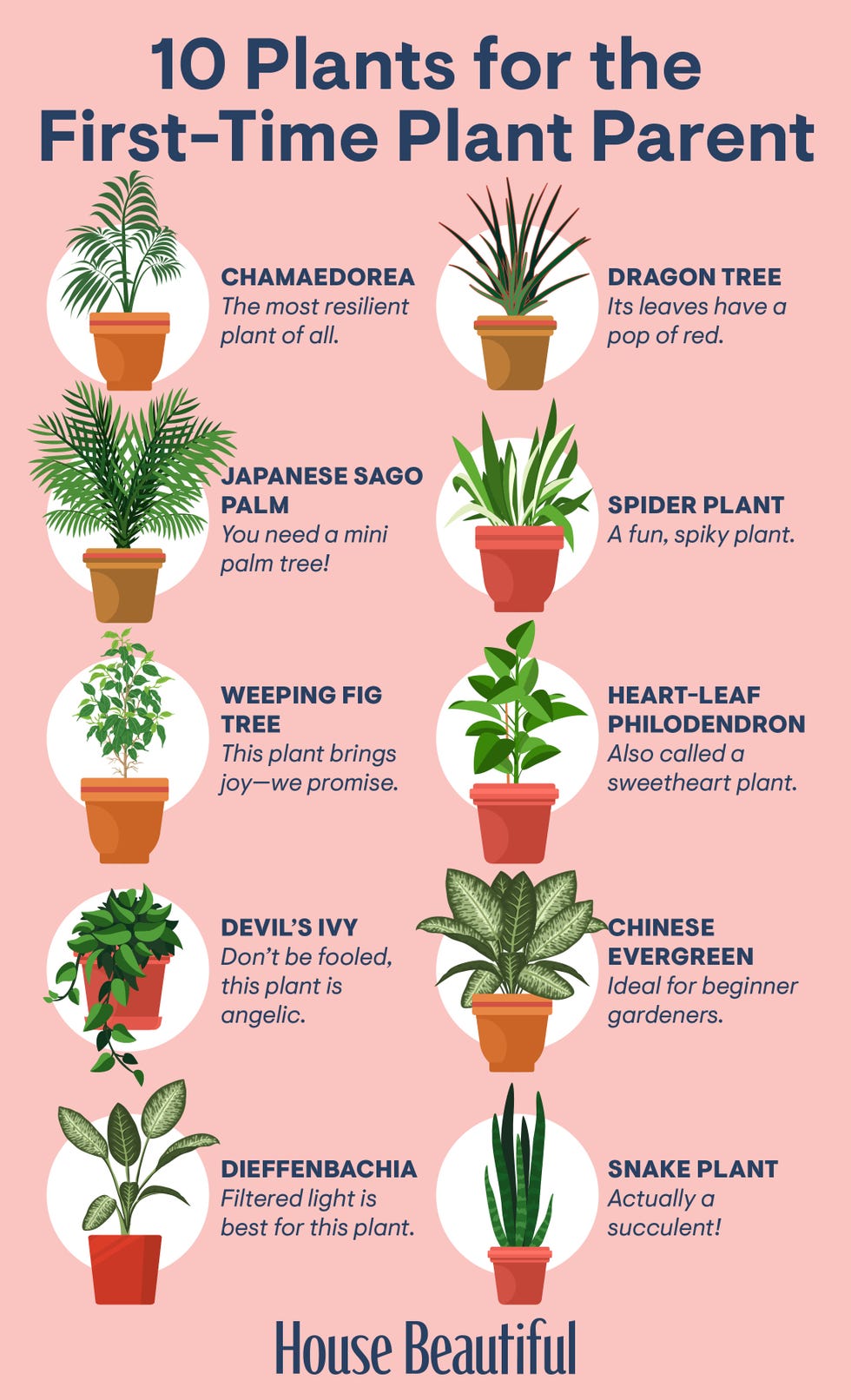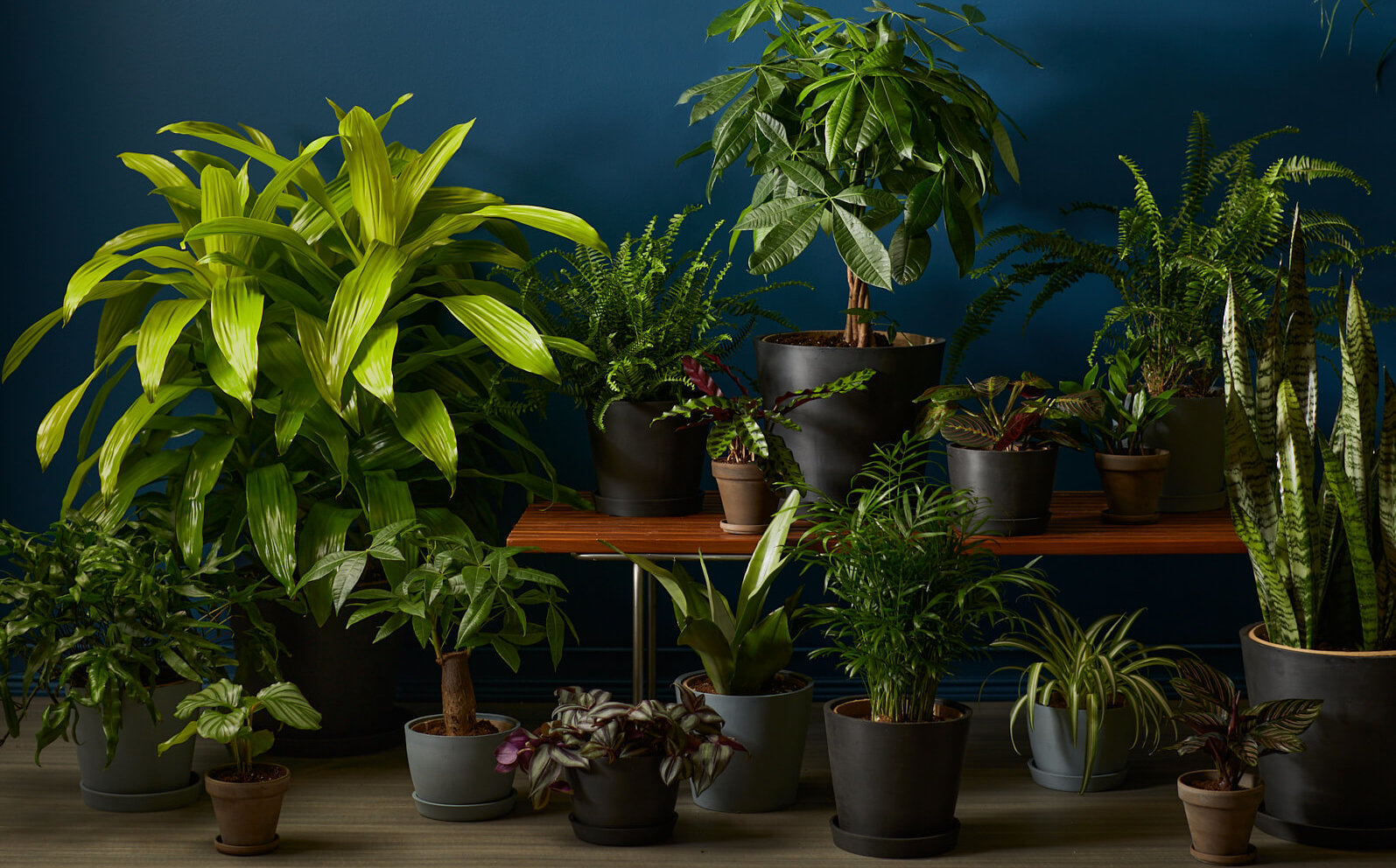Explore the Best Low-Light Indoor Plants for Easy and Stylish Home Decor
Transform Your Home With Beautiful Low-Light Indoor Plants and Their Advantages
Including low-light interior plants into your home can substantially enhance both the visual and environmental high quality of your living areas. These plants, which grow in dim conditions, serve not only as decorative aspects yet likewise as natural air cleansers, making them suitable for metropolitan occupants or those with minimal sunshine direct exposure. As we check out the different kinds of low-light plants and their advantages, you might discover surprising ways to integrate them right into your home that can change your surroundings in methods you could not have actually expected.
Advantages of Low-Light Plants
Low-light plants provide countless benefits for interior atmospheres, making them an exceptional choice for both novice and seasoned garden enthusiasts. Among the main advantages is their adaptability to low-light problems, enabling people to boost their living areas without the requirement for substantial sunshine exposure. This characteristic makes them ideal for homes, offices, and other areas with minimal natural light.

Additionally, integrating low-light plants into home design can boost the aesthetic allure of an area. Their lush vegetation and differed appearances create a soothing environment, adding to overall well-being. Finally, the visibility of greenery has actually been connected to lowered tension degrees and boosted efficiency, making low-light plants a functional option for boosting both physical and psychological health in indoor settings.
Leading Low-Light Indoor Plants
While numerous interior plants thrive in intense light, numerous types are especially fit for low-light problems, making them perfect for various interior rooms. One preferred selection is the Snake Plant (Sansevieria), recognized for its striking upright fallen leaves and resilience, needing minimal care. One more excellent option is the Pothos (Epipremnum aureum), which includes heart-shaped leaves and can route magnificently from shelves or wall mounts, prospering in low light and including a lush touch.
The ZZ Plant (Zamioculcas zamiifolia) is celebrated for its shiny leaves and capacity to withstand overlook, making it perfect for hectic way of lives. In a similar way, the Peace Lily (Spathiphyllum) not just tolerates reduced light but likewise creates spectacular white flowers, enhancing any kind of area's aesthetic.
For a distinct touch, think about the Cast Iron Plant (Aspidistra elatior), which certainly meets its name, flourishing in the darkest edges of your home. Lastly, the Chinese Evergreen (Aglaonema) uses a selection of leaf patterns and shades while being incredibly flexible in low-light conditions. These plants not just enhance interior environments yet also add to air filtration, improving your living space.
Care Tips for Low-Light Plants
:max_bytes(150000):strip_icc()/low-light-conditions-houseplants-1902917-834ee8847a324939b796845a6bc22d36.png)
Sprinkling techniques are important; these plants commonly choose somewhat dry problems. Overwatering can result in root rot, so make certain that the leading inch of dirt is completely dry before sprinkling once again. Usage pots with water drainage openings to enable excess moisture to escape.
Moisture is another crucial aspect. Many low-light plants, such as ferns and peace lilies, benefit from greater humidity levels. To increase why not check here humidity, take into consideration misting the fallen leaves or placing a tray of water near the plants.
Fertilization needs to be come close to with care. During the growing period, utilize a thinned down, well balanced liquid plant food on a monthly basis to sustain development, but stay clear of feeding throughout the dormant winter months.

Innovative Ways to Show Plants
Interior plants can function as captivating prime focus in any kind of area, boosting both visual appeal and atmosphere. Creative display screens can elevate the visual impact of low-light plants, making them an integral component of your home decor. One effective approach is to utilize tiered plant stands, which allow you to display multiple plants at differing elevations while taking full advantage of flooring area.
Hanging planters are an additional cutting-edge option, producing a feeling of depth and drawing the eye upward. Take into consideration macramé wall mounts or wall-mounted racks to introduce an unique appearance and design.
For a more structured approach, use geometric terrariums or glass containers to house your plants, adding a modern touch to your indoor yard. You can additionally repurpose vintage items, such as teacups or wooden pet crates, for an eclectic display screen that mirrors your personality.
Enhancing Home Setting With Plants
Integrating low-light plants into your home not just boosts aesthetic allure yet likewise adds significantly to the general setting. These plants work as natural design components, presenting a sense of tranquility that can change any type of room. The presence of plant promotes a soothing ambience, which is specifically valuable in high-stress atmospheres such as home offices or living areas.
Low-light plants, such as snake plants, pothos, and ZZ plants, are not just visually pleasing yet additionally improve interior air high quality by filtering pollutants. This twin function improves the ambiance further, creating a much healthier space (Best low-light indoor plants). The calculated positioning of these plants can additionally affect the understanding of space; for example, tall plants can attract the eye upward, making ceilings appear higher and areas a lot more sizable
Moreover, differing appearances and colors of foliage add depth to interior decoration, enabling imaginative expression in home styling. right here Whether positioned on shelves, in corners, or as focal points, low-light plants can elevate the state of mind of any kind of room. In summary, integrating these plants into your home is an efficient way to foster a cozy, welcoming environment while gaining the benefits of improved air quality and aesthetic convenience.
Verdict
Integrating low-light indoor plants into home settings provides countless benefits, consisting of enhanced visual allure and enhanced air top quality. These durable plants, such as the Serpent Plant and Peace Lily, call for minimal light and maintenance, making them suitable for varied lifestyles. Their capacity to filter pollutants adds to a healthier home, while their different structures and shades improve interior design (Best low-light indoor plants). Eventually, the inclusion of low-light plants cultivates a calm and welcoming atmosphere, changing any kind of home into a tranquil oasis.
While lots of indoor plants grow in bright light, a number of varieties are particularly fit for low-light problems, making them optimal for numerous indoor spaces. One efficient method is to use tiered plant stands, which allow you to showcase numerous plants at varying elevations while taking full advantage of flooring room.
Low-light plants, such as snake plants, pothos, and ZZ plants, are not just aesthetically pleasing however likewise enhance interior air top quality by filtering contaminants. Best low-light indoor plants. The strategic positioning of these plants can likewise affect the understanding of area; for circumstances, tall plants can draw the eye up, making ceilings show up greater and areas more large
These resistant plants, such as the Snake Plant and Tranquility Lily, require marginal light and upkeep, making them suitable for varied lifestyles.